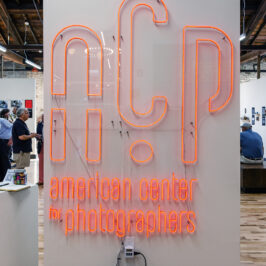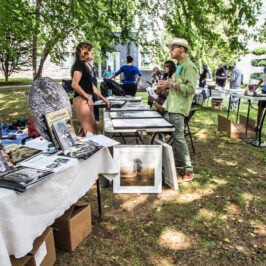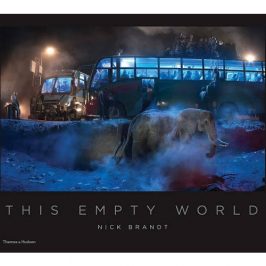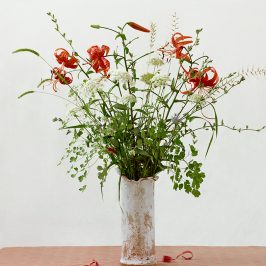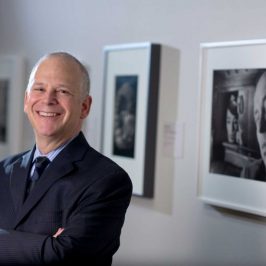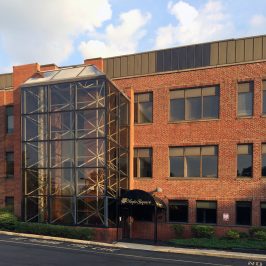I couldn’t decide whether to make the last blog feature before the auction about local photographers or contemporary photographers, so I might have to make another “last post.” In the meantime, enjoy the prose and poetry that contextualize some of the works by established contemporary photographers that we have in our auction.
Absentee bidding ends tomorrow at 6 p.m. EST! But even if you can’t make it, remember: you can bid from afar during the live auction via Invaluable.
–Cressa Perloff
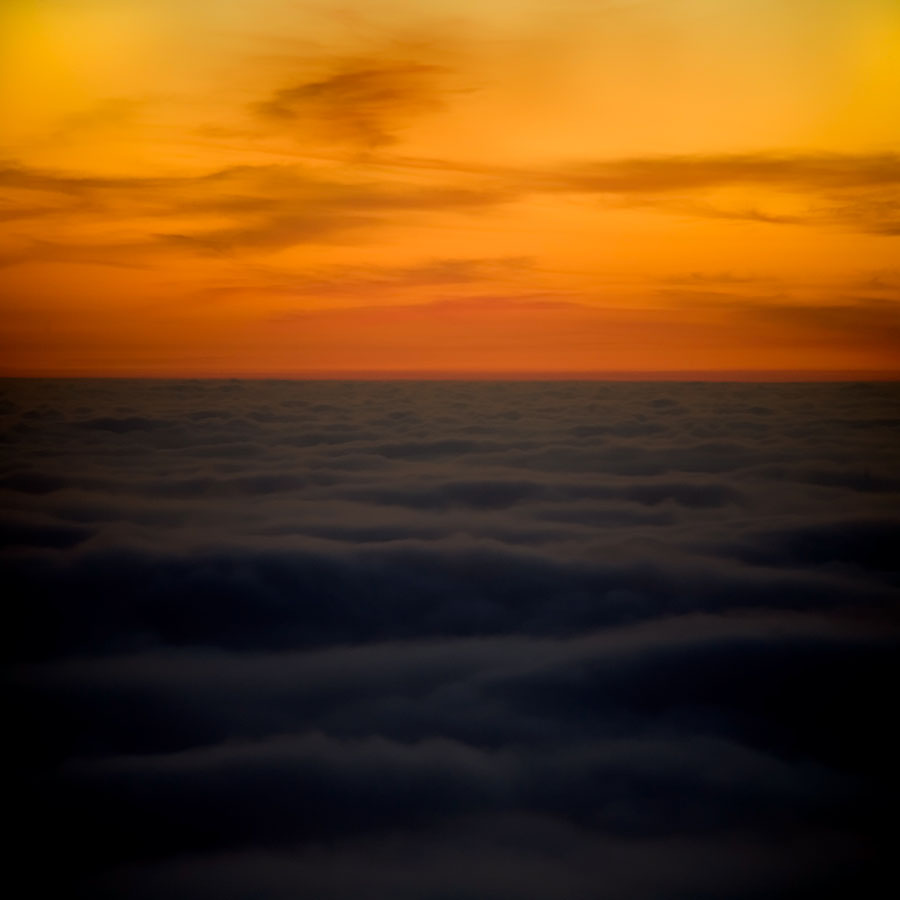
Douglas Busch, from Malibu, CA, is known for his large-format black and white prints, but in the past decade he has shown mastery in color as well. In Busch’s book, Silent Waves: A Contemporary Vision of the Sublime, Donald Boe writes:
Silent Waves continues, perhaps culminates Busch’s drive toward abstraction and is a sustained contemplation of nature that is not, like much of his proceeding work, formally complex. In his forward to the artist’s retrospective catalog, Richard W. Gassen notes that these images evoke the wholly abstract paintings of Mark Rothko….
His works are in the J. Paul Getty Museum, Los Angeles; MoCA Georgia; Museum of Photographic Arts, San Diego; L.A. County Museum of Art; MoCA Los Angeles; Santa Barbara Museum of Art; Denver Art Museum; George Eastman House; the Portland Museum of Art; and others.

This intriguing image by Joy Goldkind is actually a photograph of her husband — a part of a series of photographs in which he becomes different female characters. Gender issues are increasingly prevalent as a theme in contemporary photography, and this is a great example of using fine art photography to explore the complexity of gender. In 2007, this photograph was on the cover of Eyemazing magazine and shown at Paris Photo. She writes about this project on photo-eye‘s website:
This is the story of my husband, a man of strange and extreme personality changes. This particular body of work is based on what is real and what is not. Each picture may seem like a comedy, but is really a small part of a complex man. Together all the images form a portrait of a man, who is somewhat vulnerable and at the same time strong.
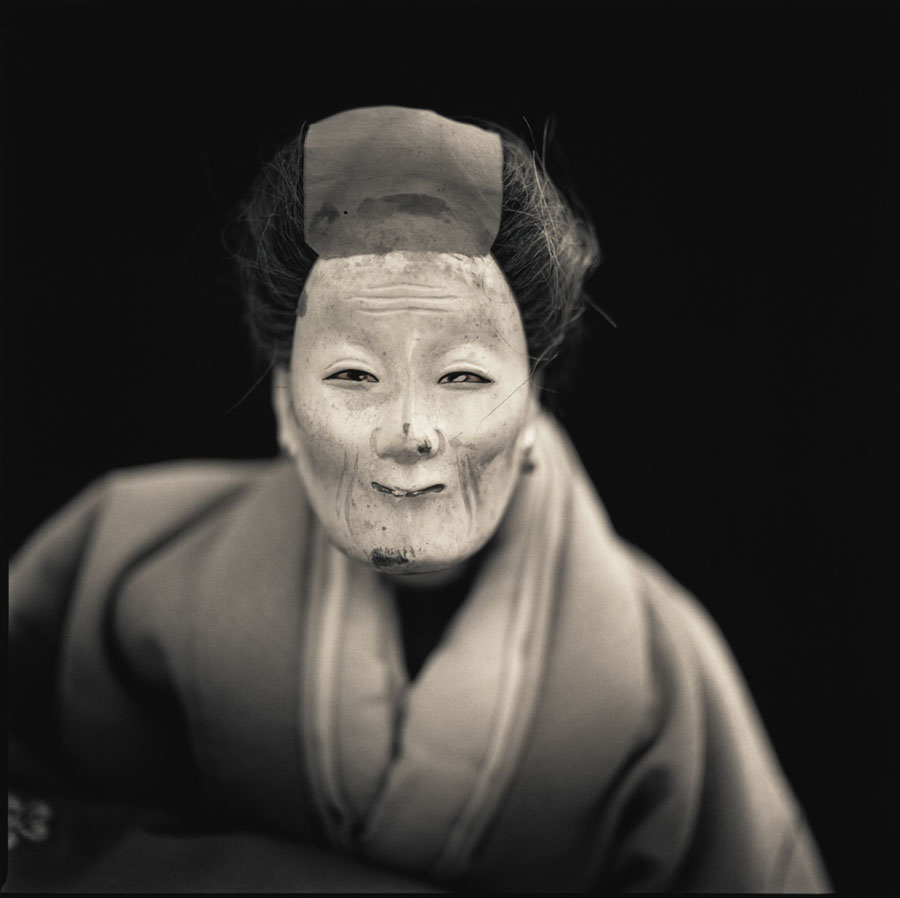
Hiroshi Watanabe, from Sapporo, Japan, is now based in West Hollywood, CA. Watanabe is becoming renowned for his contemporary, soft, black-and-white portraits of Japanese theater players and props from traditional forms such as Kabuki, Noh, and Bunraku. This image is part of a series of photographs of Bunraku puppets. He cites their historical basis on his website:
The tradition of Ena Bunraku is now in the hands of twenty members of the Ena Bunraku Conservatory in Kaware village whose current population is only 280. There are now only sixty-five puppet heads kept in a small warehouse at the corner of the playground in the village’s elementary school. They only come out a few times a year to perform in front of an audience. Other times, they are kept sleeping in the dark. The school was closed in 2003 because there were not enough students to attend in the village.
In addition to his many published books, Watanabe is also known for his eerie portraits of acrobatic monkeys, calm images of the San Lázaro Psychiatric Hospital in Quito, Ecuador, and portrait-like photographs of location-specific oddities that situate the subject (or its glaring absence) in the center of the shot.
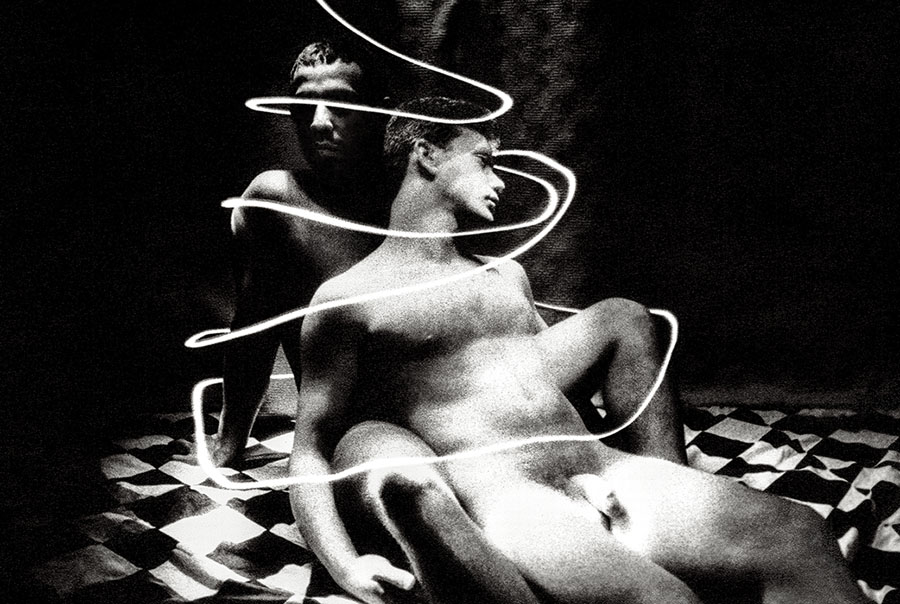
After growing up “prowl[ing] the city’s art museums” in Manhattan, David Lebe attended the Philadelphia College of Art (now UArts) in the late ’60s and then taught there from 1972–1990. Lebe’s weighty portfolio includes pinhole camera photographs, light drawings, and photograms, and his sensual and homoerotic images from the ’80s notably come from an important and devastating decade in gay history. In the biography section of his website, Lebe reflects:
In 1989 I met my life partner….We both had AIDS when we met. In 1992 we left the city, moving to New York’s Hudson Valley for what I thought would be our last few years. We’re still here, I still make photographs and sometimes still exhibit them.
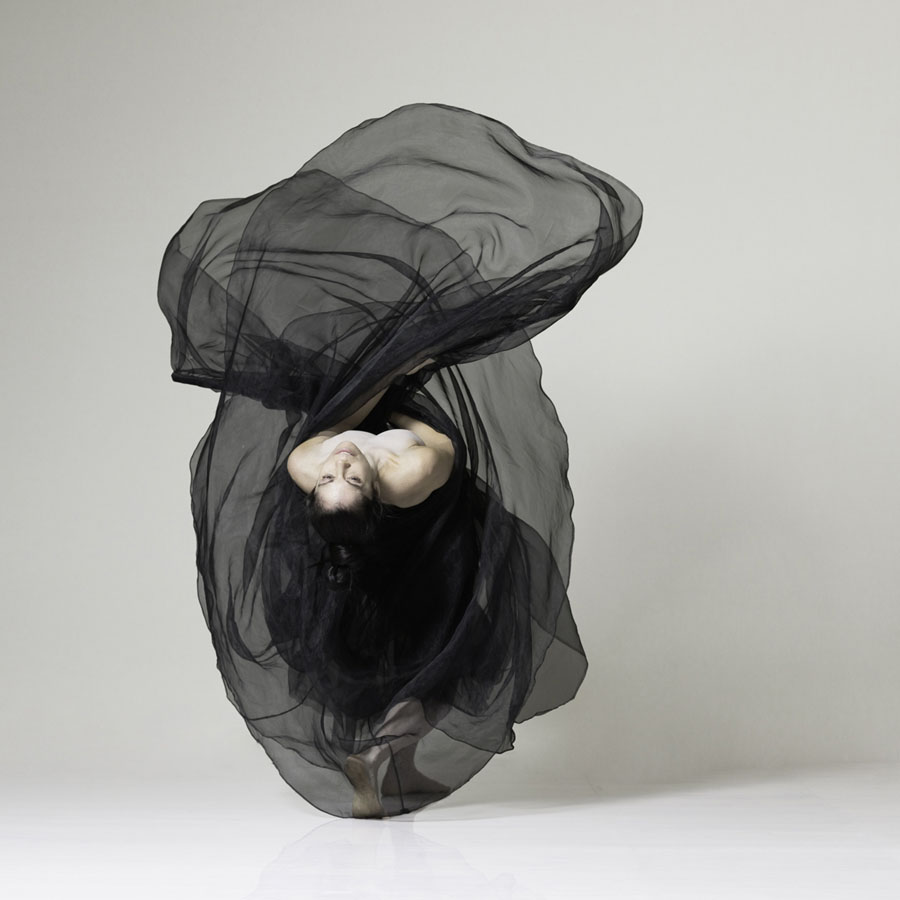
Lois Greenfield‘s dance photography brings together people from multiple arenas of the arts world. For decades, she has been making pictures that highlight the creativity and beauty of the dancer and demonstrate her skill in artfully capturing these ephemeral subjects. She has regularly worked for The Village Voice, The New York Times, Dance Magazine, and others, and her work frequently exhibits in dance studios, giving dance students the opportunity to view and relate to fine art photography. In her artist statement, Greenfield relates:
I prefer to work outside the constraints of choreography, collaborating with dancers on improvised, non-repeatable, often high-risk moments. These moments are not plucked from a continuum, but exist only as isolated instants: they are uniquely photographic events.
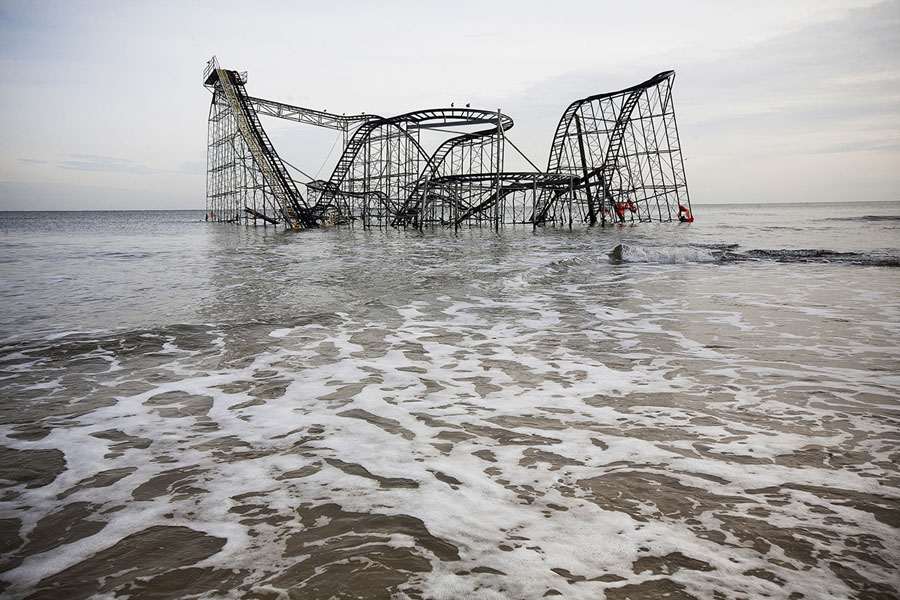
Harvey Stein is a teacher at the International Center of Photography (ICP) whose works can be found in over 55 permanent collections. He mostly photographs people in the studio and on the street. But when Hurricane Sandy hit on October 29, 2012, he felt moved to venture away from his own neighborhood’s downed trees and power lines to witness the struggles of neighborhoods that had been harder hit. He writes:
While I photographed the structures and rubble, what mostly drew me back were the people who suffered these losses. They were appreciative for the interest and attention I could give them, and were anxious to tell their stories. I feel in my small way that I was part of the process of healing. Certainly I am irrevocably moved and marked by this ongoing tragedy.
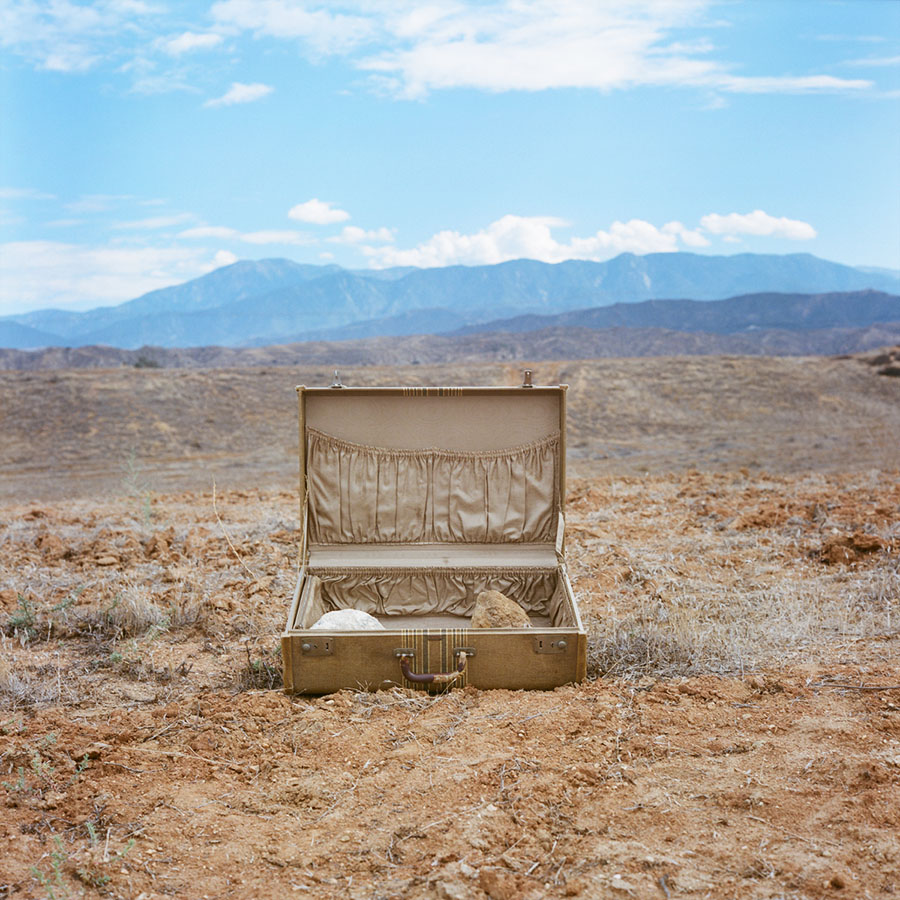
Aline Smithson’s works and words are spread across many different media. Her photographs have been exhibited and published widely, she frequently juries for exhibitions and awards, and her writing about photography has been featured in various magazines, blogs, and photobooks. In 2012, Smithson received the Rising Star Award from the Griffin Museum of Photography for her contributions to the photographic community. The photo above clearly exhibits her aesthetic:
The odd juxtapositions that we find in life are worth exploring, whether it is with humor, compassion, or by simply taking the time to see them. I have been greatly influenced by the Japanese concept of celebrating a singular object. I tend to isolate subject matter and look for complexity in simple images, providing an opportunity for telling a story in which all is not what it appears to be.
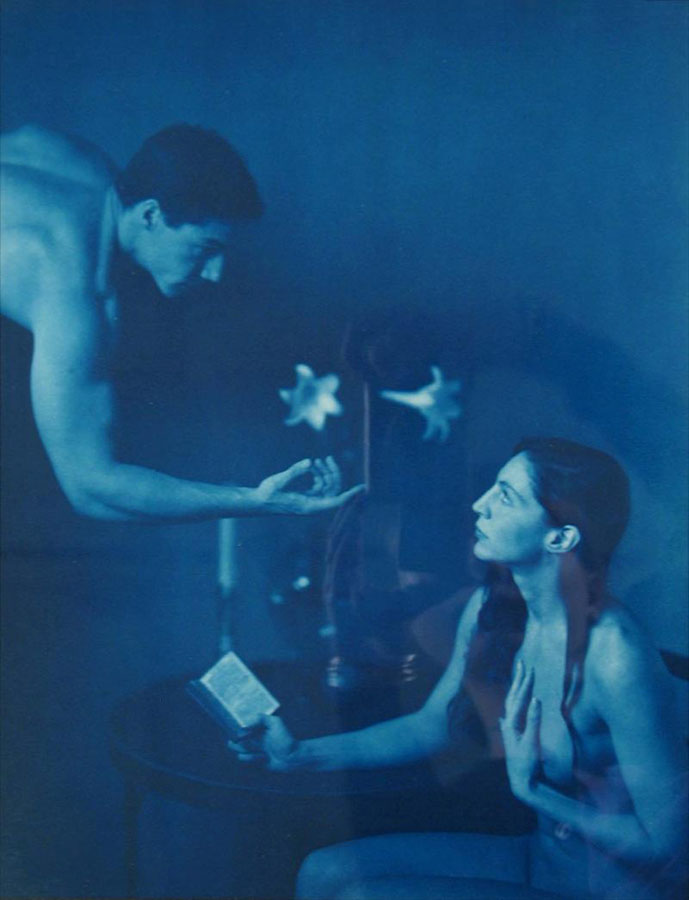
If you’d like a dramatic story to go with your photograph, read John Dugdale‘s biography. Over 21 years ago, Dugdale was diagnosed HIV positive and struck nearly blind. On his website, his photographs—generally cyanotypes from a nineteenth century large-format camera and toned silver gelatin, gelatin chloride, and platinum prints—are grouped thematically with century-appropriate poetry and music. His works are richly intimate and poetic themselves, aesthetically paired with quotes from the Walt Whitman poem, “Song of the Open Road:”
You objects that call from diffusion my meanings, and give them shape!
You light that wraps me and all things in delicate equable showers!
You paths worn in the irregular hollows by the roadsides!
I think you are latent with unseen existences—you are so dear to me.


